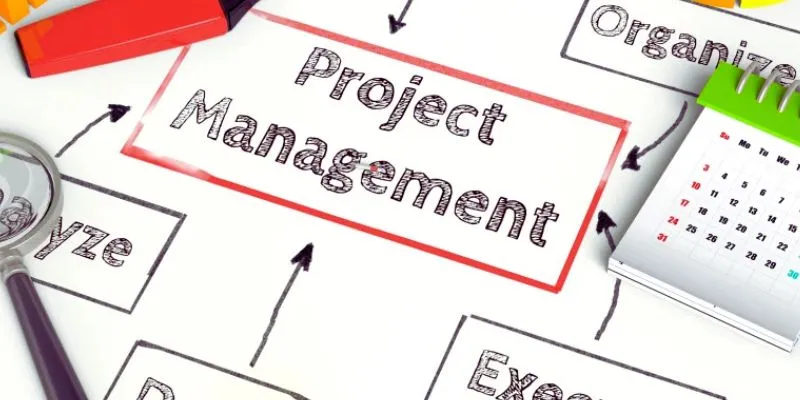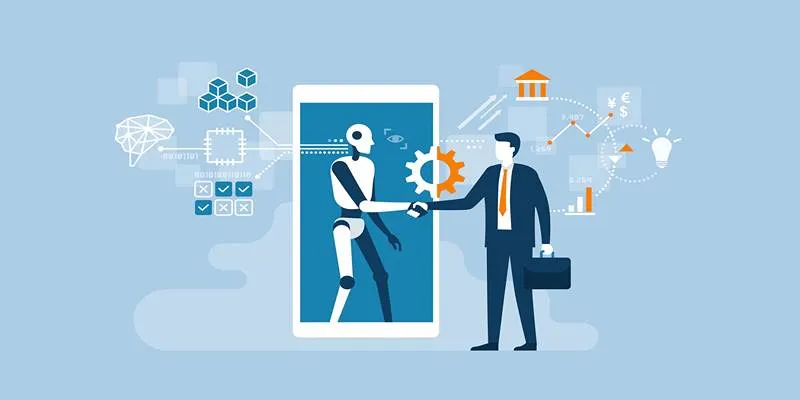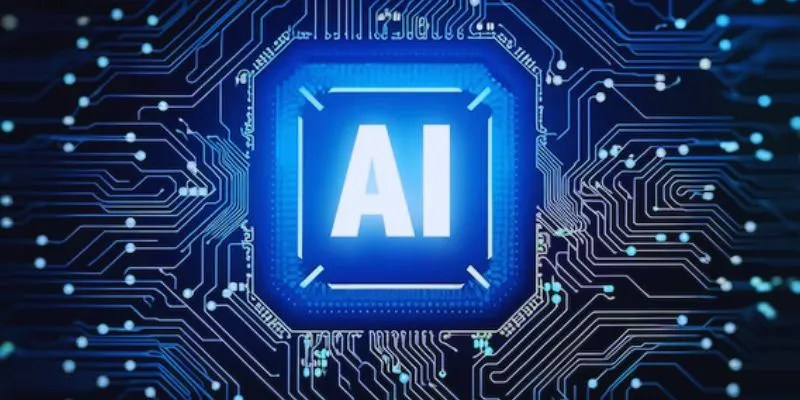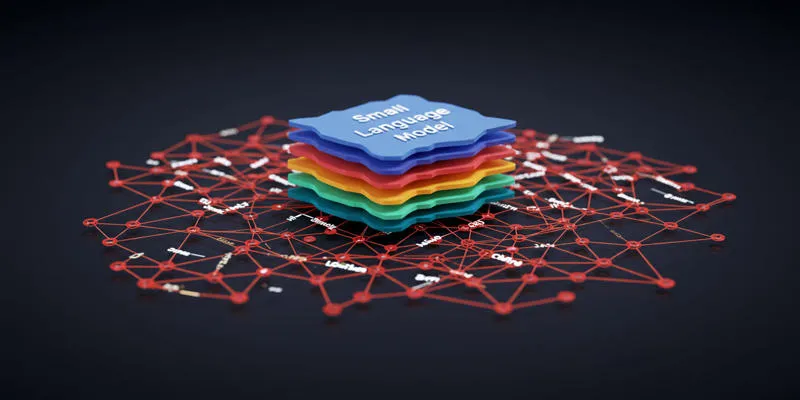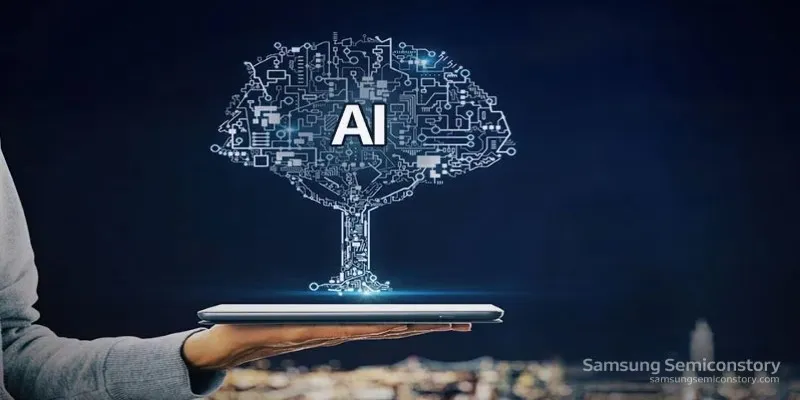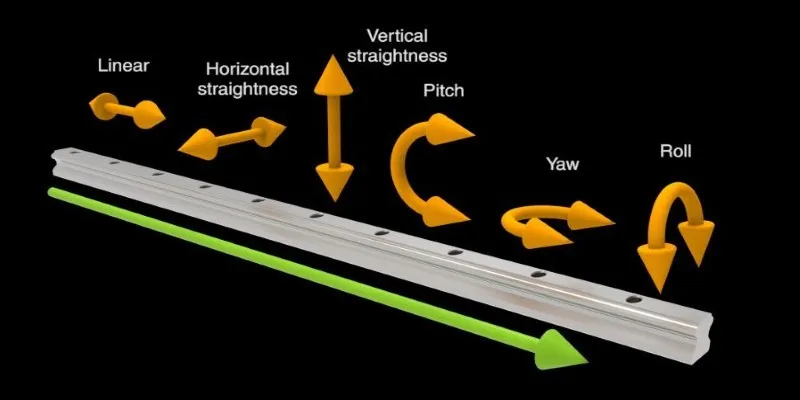Unlocking Productivity with AI: How to Speed Up Task Completion by 8 Times
Every day starts with the same challenge—too many tasks, too little time. No matter how early we rise or how organized we try to be, it often feels like the hours slip away too fast. Emails, reports, meetings, errands, content, research—it piles up. For years, the answer was multitasking or working overtime. Now, something better exists.
Artificial intelligence isn’t some futuristic idea—it’s already here, quietly changing how we work. If you want to speed up task completion by up to 8 times with AI, it’s not just possible—it’s already happening. This isn’t about robots replacing us but about eliminating everyday friction.
The Mechanics of Speed: How AI Shaves Off Time Without Cutting Corners
It’s easy to be skeptical when you hear phrases like “8x faster.” But in the context of AI, this isn’t hype. It’s the outcome of automation, instant analysis, and streamlined decision-making. The speed gain doesn’t come from rushing—it comes from skipping redundant steps and reducing mental load. AI helps by doing the heavy lifting for repetitive tasks, freeing you to focus on what truly requires your attention.
Suppose you’re a reporter. An AI assistant can write a complete summary of raw data in seconds. You simply refine and tailor it. Or you’re working on a social media calendar. AI tools write captions, plan posts, and offer suggestions without you spending hours staring at a blank screen. Perhaps you’re searching through spreadsheets. An AI algorithm can highlight patterns and problems quicker than you can scroll. That’s not hypothetical—it’s already occurring.
This isn’t about being reliant on machines, either. AI productivity tools are a turbocharged version of your abilities. They process your input, stretch it farther, and make the grunt work transparent. Whether you’re a student, marketer, doctor, teacher, or entrepreneur, there’s a smart tool waiting to be used that can redistribute the workload.
AI isn’t just about task automation. It aids decision support, idea generation, proofreading, customer queries, and even project planning. Instead of asking what you can offload, it’s smarter to ask: what do I need to do myself, and what can I delegate to an algorithm?
This is how tasks that once took days are now completed in hours—or minutes.
Building Momentum: Real-World Scenarios Where AI Cuts Through the Chaos
It’s one thing to talk about speed, but where it really clicks is in the practical side of life. In fields where deadlines are tight and accuracy matters, AI productivity tools are game changers.
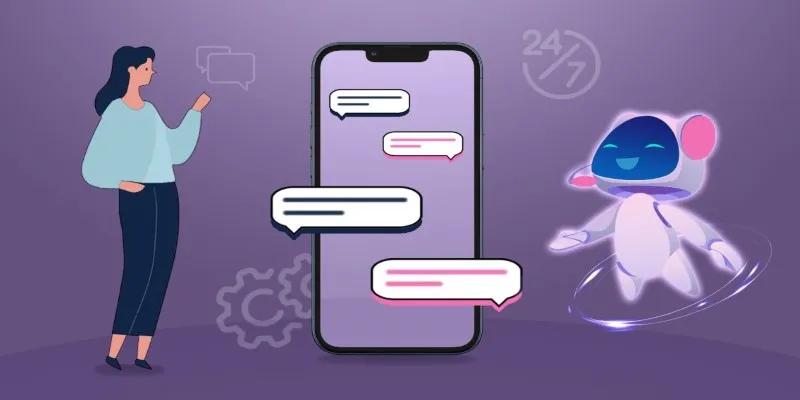
In content writing, for instance, AI doesn’t just generate templated paragraphs. It pulls relevant sources, suggests tone changes, checks grammar, and adapts style for different audiences. A writer who once needed four hours to draft a blog post can now finish it in under one, leaving more time for strategy or outreach.
In customer service, AI-powered chatbots handle first-level inquiries instantly. This allows real agents to focus on deeper issues and reduces resolution time. One bot can handle hundreds of chats simultaneously—something no human could do.
For project managers, task-tracking tools with AI capabilities predict delays before they happen and suggest fixes. Instead of juggling spreadsheets and sticky notes, managers work with a system that constantly adjusts based on team progress.
Even in education, tutors and instructors use AI tools to build lesson plans, grade assignments, and provide real-time feedback to students. This allows for creativity and human connection, not just repetitive grading.
Medical professionals use AI to speed up diagnosis, comb through patient histories, and suggest treatments based on the latest research. It’s not about removing the doctor from the process—it’s about giving them superhuman data visibility.
This isn’t some niche phenomenon. These tools are being integrated into daily routines. The question is no longer “Should I use AI?” but “How can I use it more effectively?”
And this isn’t one-size-fits-all. The key is to use AI like a scalpel, not a sledgehammer. The best results come from smart pairing: use your human strengths—like judgment, empathy, and intuition—alongside AI’s speed, precision, and data mastery.
Shifting Gears: Changing the Way We Work (and Think)
Here’s what most people don’t realize about working faster with AI—it’s not just about output. It rewires how you think. Once you experience what the right tools can do, your standards shift. Burnout stops feeling normal. Busy stops being a badge of honor. You start asking: why am I still doing this the hard way?
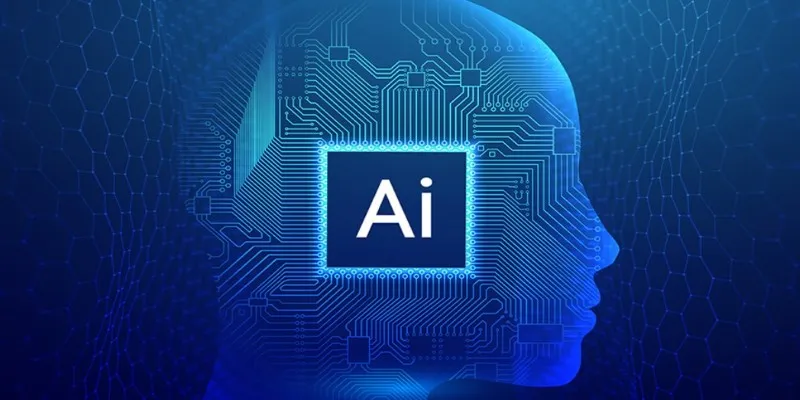
But using AI well takes more than installing an app. It starts with spotting friction. What’s draining your time—emails, data entry, repetitive research? That’s your signal. Then comes choosing your tool wisely. Not every AI product delivers. Start small. Test what works. Build from there.
You also don’t need to be a coder. Most AI productivity tools today are built for everyday users. They’re clean, simple, and don’t require a tech background.
As you lean in, something shifts. You stop seeing tasks as isolated. You begin designing workflows. That’s a powerful change. You go from reacting to architecting your day.
And no, it doesn’t mean taking on more. The goal is to do the same work with more margin—more room to think, breathe, and reset. That’s real control.
Sure, AI can speed up task completion by up to 8 times—but more importantly, it gives you back your time on your terms.
Conclusion
Time is no longer the obstacle it once was. With AI productivity tools, what once took hours can now be done in minutes—without sacrificing quality. This shift isn’t just about speed; it’s about gaining control over your day, your energy, and your output. When you speed up task completion by up to 8 times with AI, you open the door to sharper focus, less burnout, and more space for meaningful work. It’s not about doing more—it’s about doing better. The real power lies in choosing a smarter way to work.
 zfn9
zfn9






